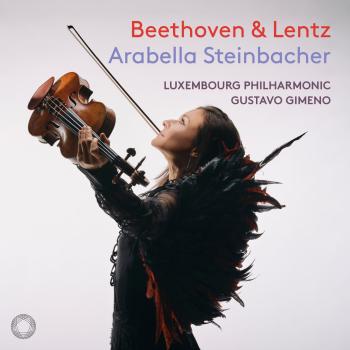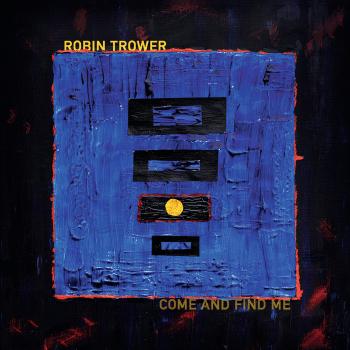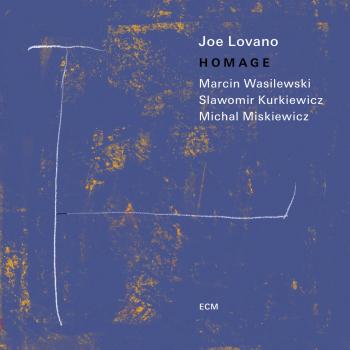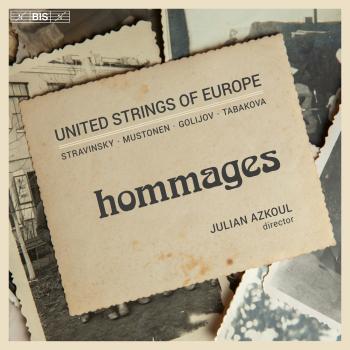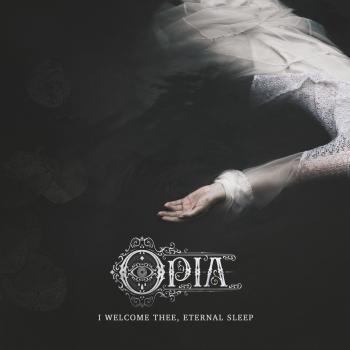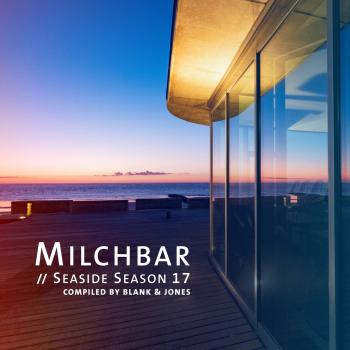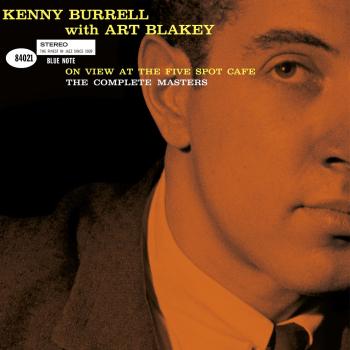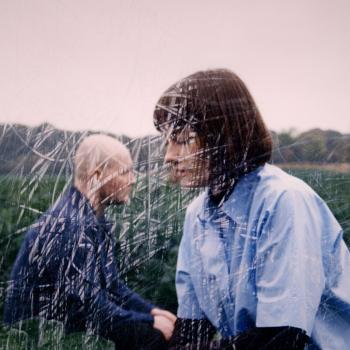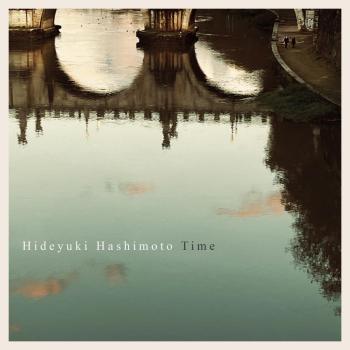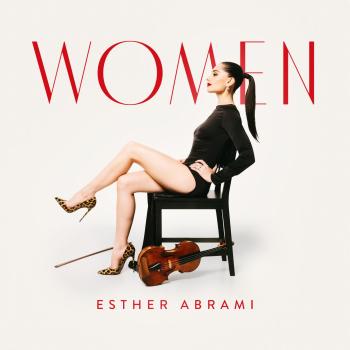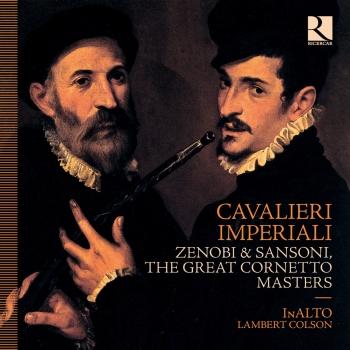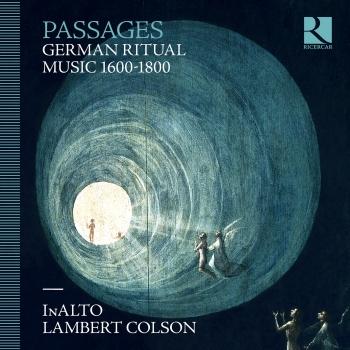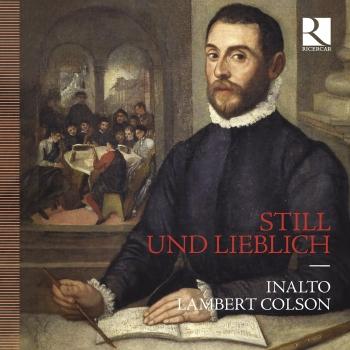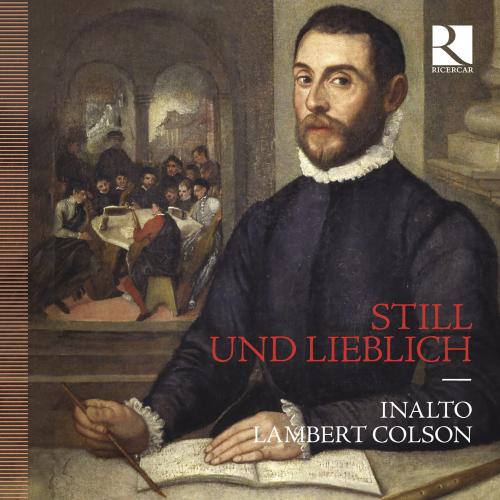
Still und lieblich InAlto & Lambert Colson
Album info
Album-Release:
2024
HRA-Release:
23.08.2024
Label: Ricercar
Genre: Classical
Subgenre: Vocal
Artist: InAlto & Lambert Colson
Composer: Giovanni Gabrieli (1557-1612), Moritz Landgraf von Hessen (1572-1632), Orlando di Lasso (Lassus) (1532-1594), Heinrich Schütz (1585-1672), Georg Otto (1550-1618), Thomas Selle (1599-1663), Augustinus Kertzinger (1622-1678), Giovanni Felice Sances (1600-1679), Michael Praetorius (1571-1621)
Album including Album cover Booklet (PDF)
- Giovanni Gabrieli (1557 - 1612): Udite chiari e generosi figli:
- 1 Gabrieli: Udite chiari e generosi figli 06:06
- Moritz von Hessen (1572 - 1632): Pavana del Francisco Segario:
- 2 Hessen: Pavana del Francisco Segario 01:31
- Orlando di Lasso (1532 - 1594): Lectio Sexta "Quis mihi hox tribuat", LV 681:
- 3 Lasso: Lectio Sexta "Quis mihi hox tribuat", LV 681 02:53
- Heinrich Schütz (1585 - 1672): Siehe wie fein, SWV 48:
- 4 Schütz: Siehe wie fein, SWV 48 06:41
- Orlando di Lasso: Quid Facies Veneris, LV 695:
- 5 Lasso: Quid Facies Veneris, LV 695 01:31
- Georg Otto (1550 - 1618): Deutsches Magnificat:
- 6 Otto: Deutsches Magnificat 04:23
- Moritz von Hessen: Paduana del Ottone Landgravio:
- 7 Hessen: Paduana del Ottone Landgravio 01:41
- Thomas Selle (1599 - 1663): O, Unglük:
- 8 Selle: O, Unglük 02:21
- Orlando di Lasso : In convertendo, LV 250:
- 9 Lasso: In convertendo, LV 250 04:18
- Augustinus Kertzinger (ca. 1610/22 - 1678): Dialogus inter Mariam et Peccatorem:
- 10 Kertzinger: Dialogus inter Mariam et Peccatorem 06:56
- Thomas Selle: O liebes Hertze:
- 11 Selle: O liebes Hertze 02:06
- Giovanni Felice Sances (1600 - 1679): Nel regno d’amore:
- 12 Sances: Nel regno d’amore 10:34
- Michael Praetorius (1571 - 1621): Erhalt uns Herr bey deinem Wort:
- 13 Praetorius: Erhalt uns Herr bey deinem Wort 07:21
Info for Still und lieblich
"The mute cornett, whose mouthpiece resembles that of the cornett but is integrated into the instrument, has a very soft and tender sound. For this reason it is called a mute cornett". Four such instruments that by some miracle survived the loss of the great collections of the Kassel court are now kept in Leipzig; these instruments formed the starting point for a doctoral thesis led by Lambert Colson. It is now possible to trace the entire history of these instruments, from their manufacture by great Venetian makers, their acquisition by Moritz Von Hessen (the famous patron of the young Heinrich Schutz), the names of the musicians who played them, to the music that was composed for this mysterious cousin of the cornett. This recording will use copies of historical instruments in works composed for the Kassel court, for the most part unpublished, at the Accademia Filarmonica in Verona.
InAlto
Lambert Colson, direction
InAlto
This Italian expression applies the same adjective to sea and mountain; it evokes at the same time their physical remoteness and the risks involved when exploring them.
The cornetto is definitely one of the most important musical instruments of the 16th and 17th century. It is made of wood and covered with leather or parchment and was considered the instrument most capable of imitating the human voice. And, just like the voice, it likes to explore the higher regions. Mersenne’s encyclopedia describes the cornetto as a “ray of light going through the clouds”.
InAlto aims to explore both vocal and instrumental music, bringing them to a sort of dialogue.
Famous composers of the baroque in Europe such as Monteverdi, Schütz or Praetorius left us magnificent music cultivating this taste for risk taking, this worship of the high register.
Nowadays, a real danger exists of failing to convince with music that does not feel like ours anymore. By a thorough study of the available sources and by selecting the best “historically informed” partners and collaborators, InAlto seeks to bring out the best in the repertoire they play. Eventually, historical musical intruments are musical instruments as well, InAlto considers them as modern tools of expression.
Lambert Colson
received his musical training at the Royal Conservatory of Brussels under Françoise Defours, Pedro Memelsdorff, Bart Coen, Marleen Leicher, Bruce Dickey and Gebhard David. He also studied in Bremen (University of the Arts), Basel (Schola Cantorum Basiliensis), and Barcelona (ESMUC). He has worked with ensembles and conductors of the calibre of Les Talens lyriques (Christophe Rousset), Le Parlement de Musique (Martin Gester), Scherzi Musicali (Nicolas Achten), Les Paladins (Jérôme Correas), L’Echelle and Oltremontano. As a musician and researcher, he has contributed to journals including La pensée de midi (Editions Actes Sud), and is involved with the Royaumont Foundation, where he teaches on Lutheran music in the Holy Roman Empire and assists the composer Zad Moultaka.
Several contemporary composers, including Zad Moultaka, Fabrice Fitch und Bernard Foccroulle, have been inspired by Lambert’s boundless enthusiasm for learning more about his instrument to dedicate pieces to him. His interest in innovative joint projects led Lambert to discover hypnosis while working with the choreographer Catherine Contour.
In cooperation with artists such as Liesa van der Aa and Shara Worden, BOX allows him to explore the range of possibilities open to his instruments in popular music.
This fervent commitment to being a musician in tune with his time clearly motivates the search for musical and emotional cross-fertilisations Lambert and InAlto have embarked on.
Booklet for Still und lieblich


